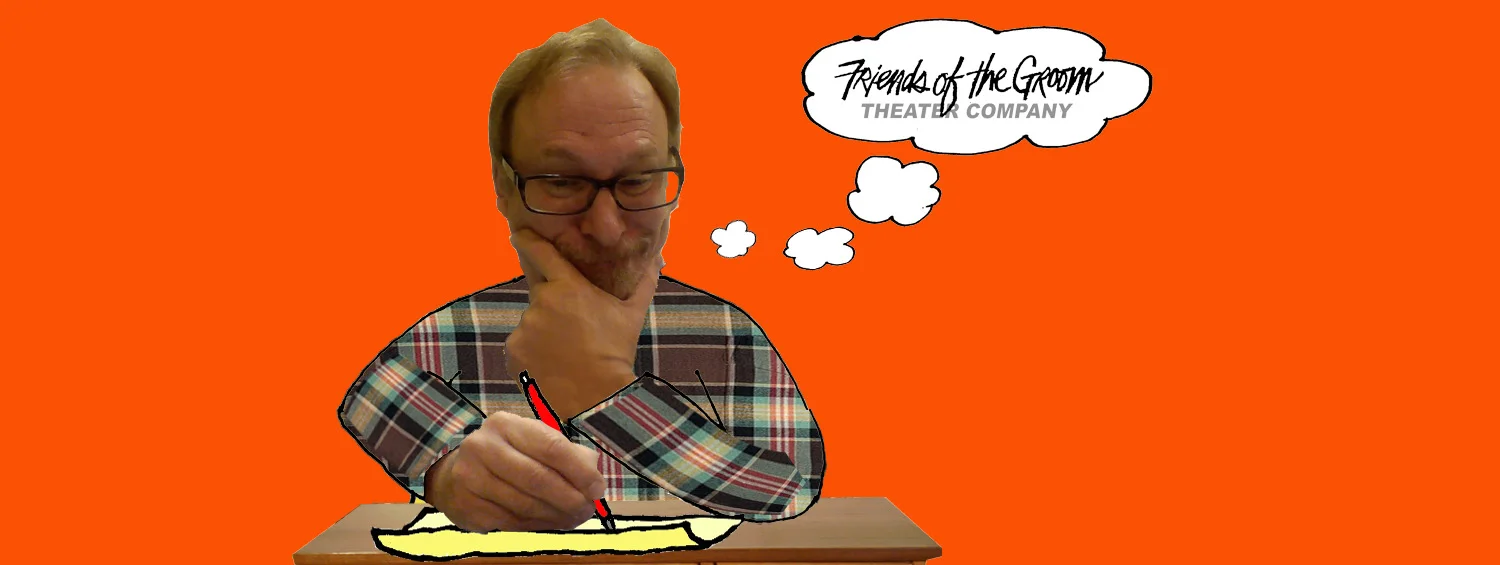Not-Seeing is Believing
/A few weeks ago, someone posted a picture of a dress online that became a viral sensation. It seems that most of the people who looked at the photo thought the dress was gold and white; but a significant number claimed it was blue and black. When I looked at the image, I wondered what the fuss was—since the dress was clearly gold and white, with no hint of any other color. Nevertheless, the posting promised a scientific explanation for the color dispute, so I dutifully clicked on the link provided and read the information. When I returned to the original image, I have to admit, I was a little freaked out by what I encountered.
The dress had changed color. And I don’t mean in a—“I see how you might think the dress is a different color if you sort of squint a little” kind of way. The dress was absolutely, unquestionably blue and black with no suggestion of white or gold. In fact, no matter how I crossed my eyes and tilted my head, I couldn’t bring back the colors I had seen only moments before.
Apparently, the science behind the phenomena goes like this: When we “see” an object, our eyes take in information provided by light reflecting off that object. But then our brains interpret that information according to a number of other cues—including shadows, background lighting, what time of day your brain thinks it is etc. With this particular picture, the additional cues were ambiguous enough that some brains interpreted them one way, and other brains interpreted them a completely different way. My brain—for whatever reason—decided to interpret them both ways, depending on when I looked at the image.
The experience brought me to a speculation I’ve had before: If what we call reality is actually a mental construct that can change depending on our own peculiar brain structure—how much of Reality are we missing? Could the world we perceive be a dim reflection of a higher reality we are incapable of apprehending? This is hardly an original thought. The Greek philosopher Plato detailed it at some length when he compared human experience to people watching shadows on the wall of a cave. C.S. Lewis championed the concept throughout his writings—notably in the final Narnia novel when the great lion Aslan refers to earthly life as the “shadowlands” —a dream that we wake from when enter the life beyond. And my own experience tells me that everything that is ultimately important cannot be seen or measured in any physical way; namely: love, goodness, and a relationship with an invisible Presence that can only be experienced by faith.
So here’s the lesson I draw from the much disputed dress: Sometimes when I look at the photo of the dress now, I still see white and gold. More often, I see it as blue and black. Sometimes when I look at the world, I still see things that say my faith is foolish. More often, I’m convinced we are surrounded by angels and archangels and all the company of heaven. And when I’m tempted to give the first perception too much weight, I take comfort knowing—when reporters finally tracked down the internet dress—despite my initial impressions, it was actually blue and black.
